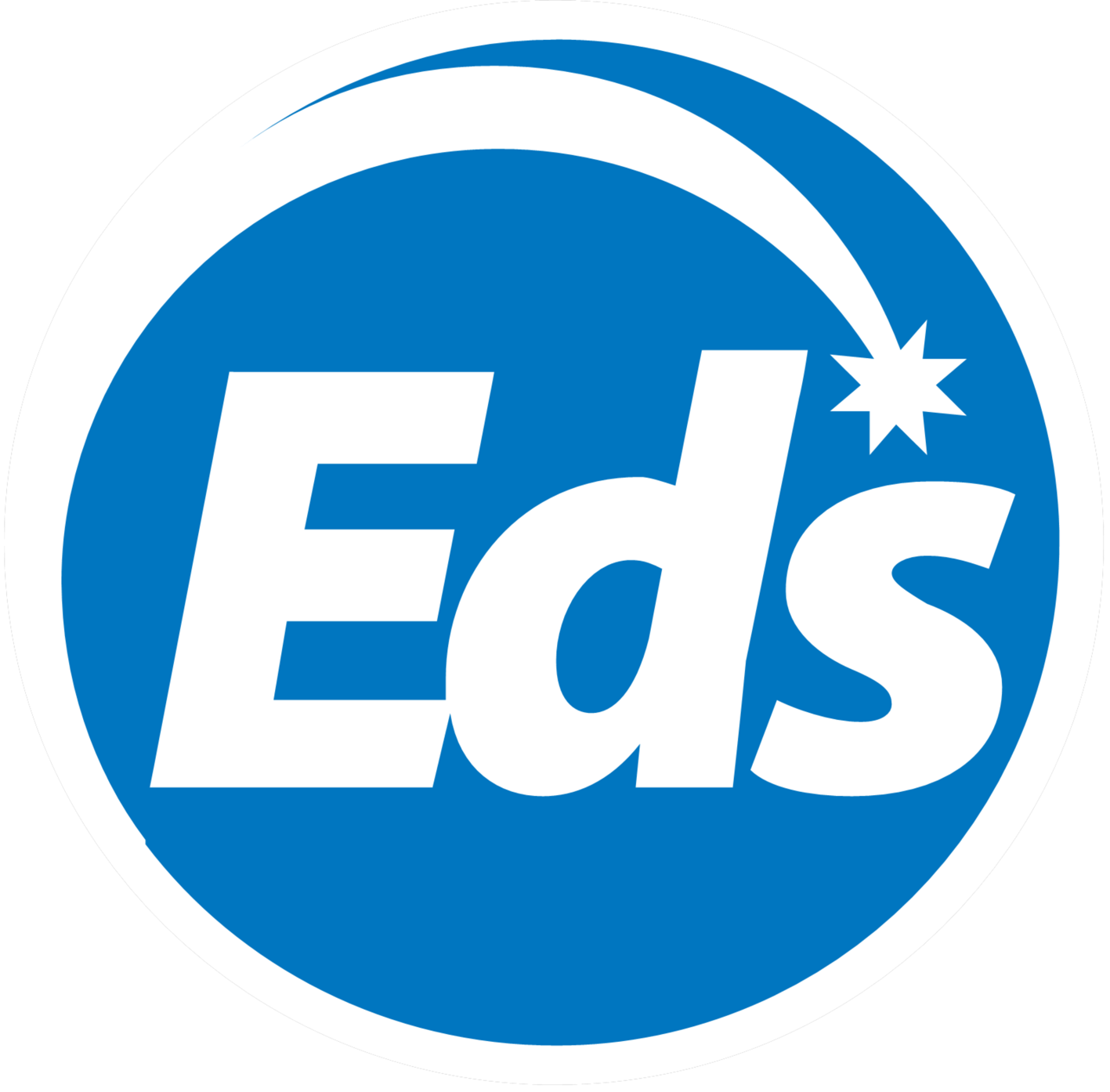Make Smarter IT Decisions
Get the right solutions at the best prices with responsive support and lifecycle management from CommQuotes – your expert technology advisor.
6884
Clients
54900000
in Savings
100440000
in Managed Contracts
We're Your Technology Advisor
It’s impossible to navigate today’s crowded technology landscape without agnostic advice and true advocacy. We can help you cut through the sales pitch noise and source the most cost-effective IT solutions worldwide.
We leverage our portfolio of 450+ suppliers/partners across every industry, business size, and geography to recommend multiple forward-thinking, out-of-the-box solutions – at better-than-direct prices.

Our Areas of Expertise
Stay innovative and cost-effective with unbiased recommendations from our agnostic experts. We’re your advocate for growth through technology.
-
Communications
Effectively engage with your customers – and communicate internally. -
Connectivity
Get the reliable connectivity you need to keep your business running. -
Cyber Security and IT
Secure your sensitive data and keep your customers' trust.
Communications
Communications
Connectivity
Connectivity
Cyber Security and IT
Cyber Security and IT
Gain access to top MSPs and leading security suppliers to keep your business running and protected around the clock.
Industry Experience
Trust our deep experience helping businesses just like yours source proven technology solutions. Below is just a sample of the industries we serve.
Healthcare
Gain access to reliable, secure telecom and IT solutions to improve efficiency and patient outcomes at better-than-direct pricing.
Retail
Improve customer experiences and streamline operations with telecom and IT solutions tailored to your retail operation’s needs.
Manufacturing
Meet high uptime requirements for global operations, multiple products, and various systems needed to run your manufacturing business.
Finance
Protect sensitive data and keep your business compliant with vendor-agnostic guidance for the finance industry.
Education
Stay ahead of evolving technology and communication needs in the education sector with proven telecom and IT solutions.
Public Sector
Understand pricing vehicles like FEDramp and GSA and navigate procurement nuances with support from our agnostic experts.
Why CommQuotes?
Move beyond the buzzwords and make more informed, cost-effective decisions that help keep your company relevant in an evolving technology landscape.
Agnostic Advice
We only make recommendations that have your business’s best interests in mind.
You Don’t Pay a Dime
We don’t charge you a fee to help get you a better price than going direct.
Lifetime Advocacy
Our post-sales support and escalation channels mean you don’t wait for ticket resolution.

CommQuotes has access to suppliers we wouldn’t have known about otherwise. That’s the first value they bring to the table – a broad portfolio of solutions that can address our various gaps.
George King
Head of IT Infrastructure and Digital Workplace, BlueCrest
Having a trusted advisor to go to has been a huge benefit because we are a big law firm with such a small IT team. We don’t have that kind of expertise in-house. For anyone going through the same transition from MPLS to SD-WAN and/or premise to cloud voice – or really anything telecom or cloud-related – I 100% recommend CommQuotes. We wouldn’t be where we are now without them as our trusted advisors.
Luis E. Alvarez
IT Director - Peckar & Abramson

Even with over 100 locations, as a company, we’re not large enough to have subject matter experts in all areas. Thankfully, CommQuotes doesn’t stop until they’ve helped us find an answer to our problem. They are always working for us to make sure our questions are answered, our projects are on track, we’re talking with the right people, and our budget is going as far as it can.
Trevor Oswald -
Manager of Information Systems - Ed Staub & Sons Petroleum, Inc.
Our Proven Process
We've helped over 6,800 clients save over $54,900,000 with this proven step-by-step process. Let's connect today!
Connect
Start with a discovery call to assess where you are and what you need.
Explore
Dive into detailed analysis to find the right solutions for your situation.
Advise
Get an agnostic, expert-recommended plan to guide your next moves.
Launch
We stay by your side through implementation and for life as your partner and advocate.